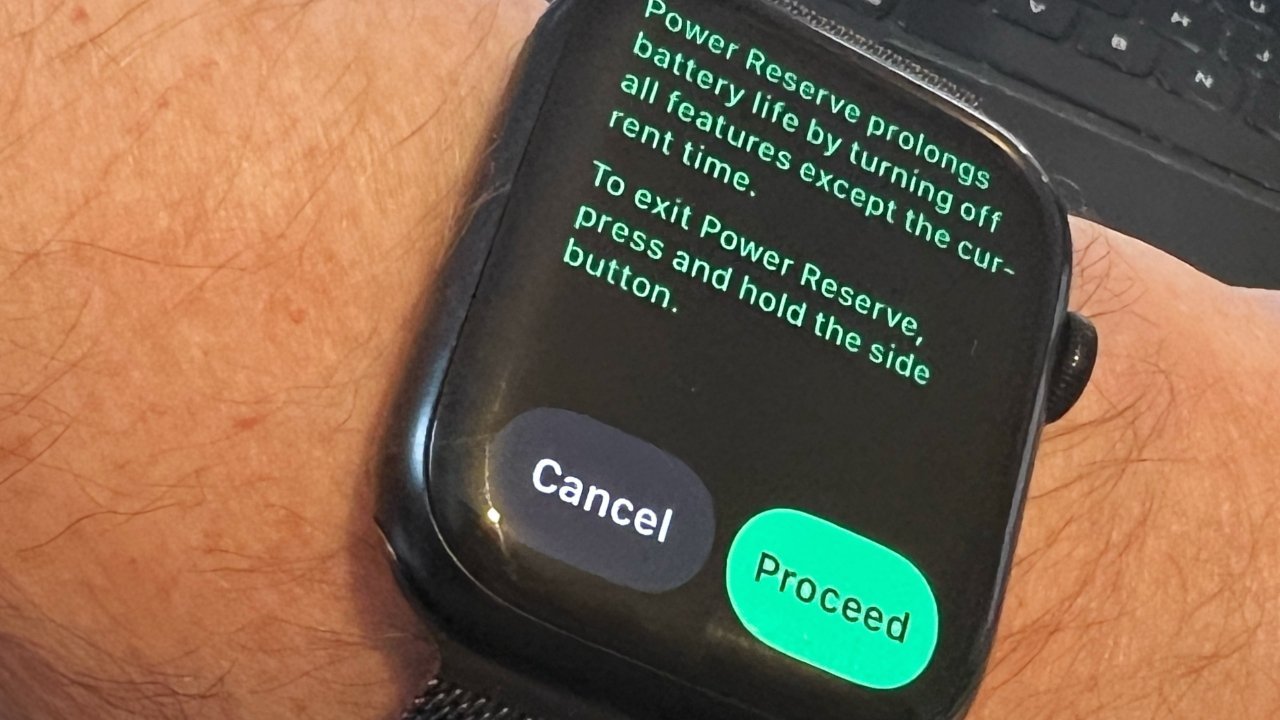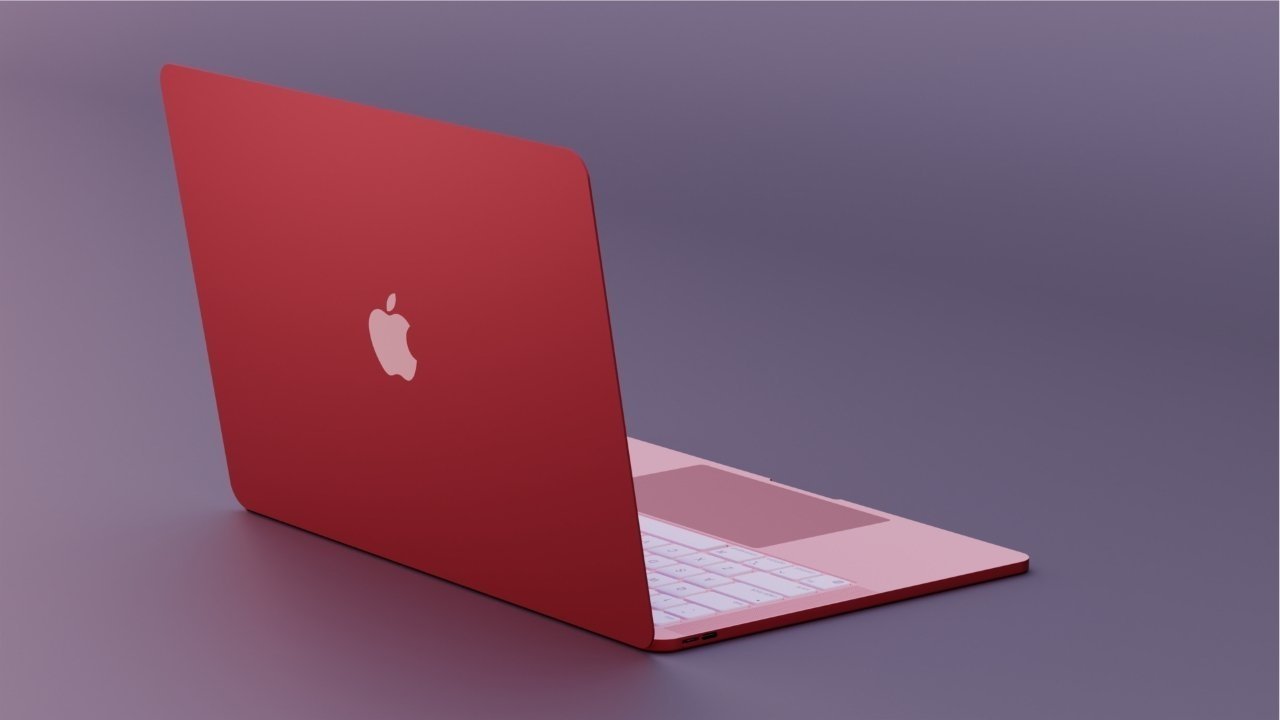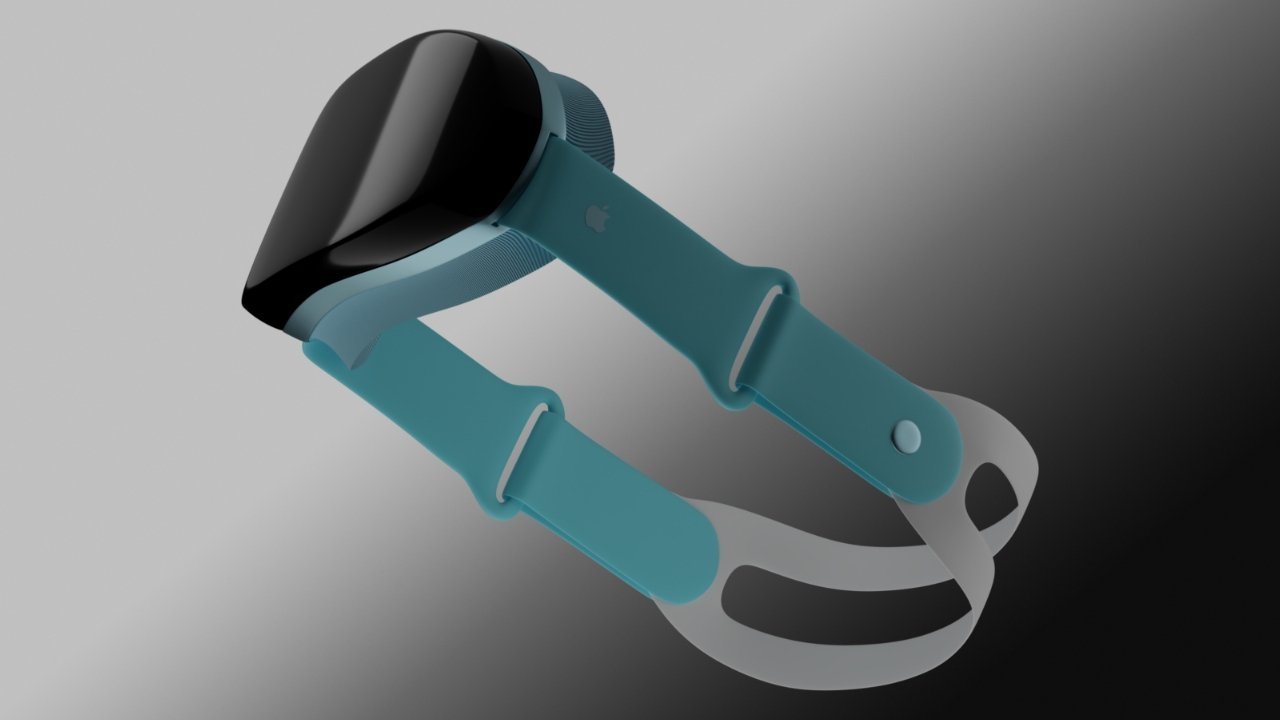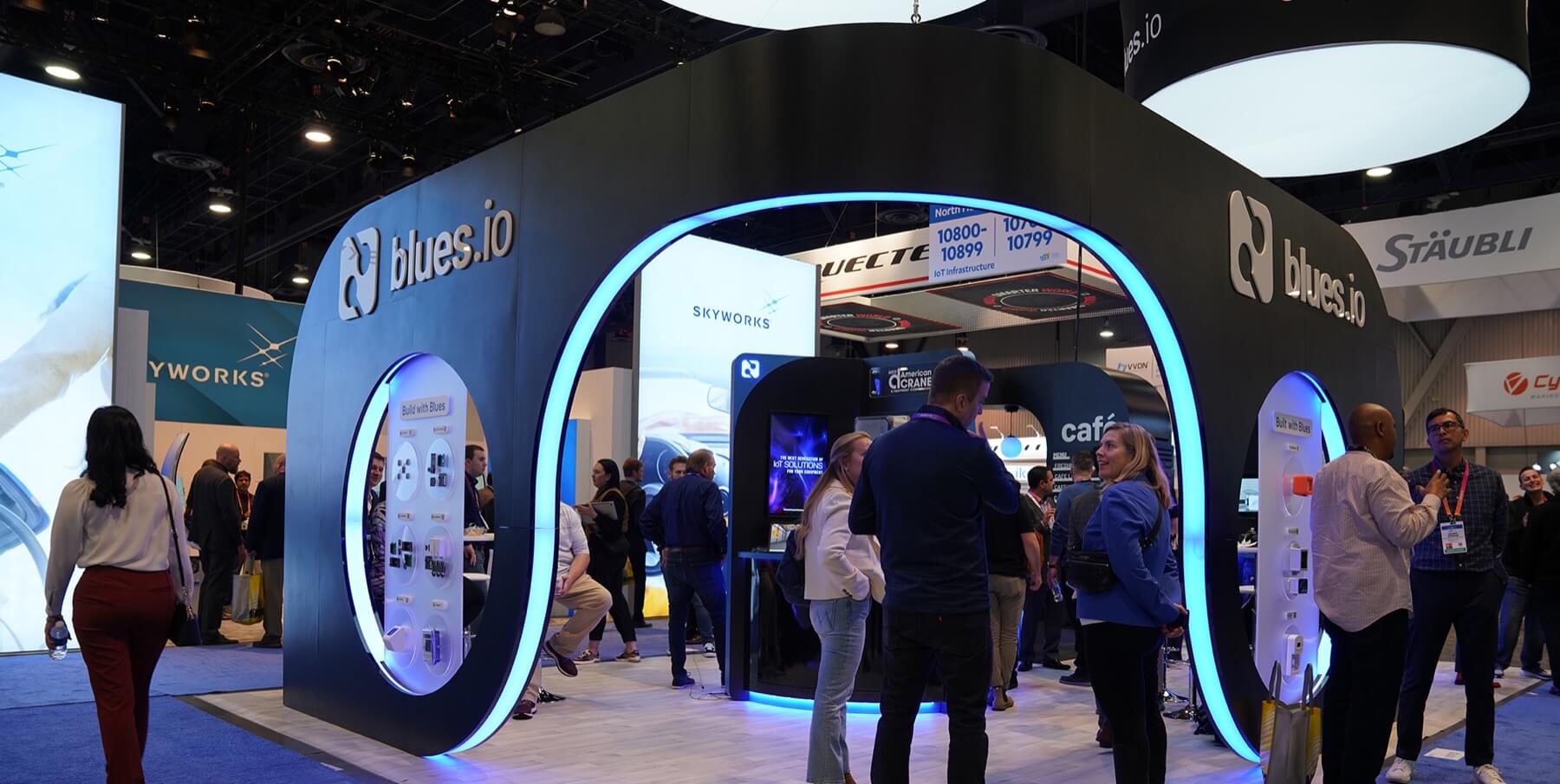AppleInsider is supported by its audience and may earn commission as an Amazon Associate and affiliate partner on qualifying purchases. These affiliate partnerships do not influence our editorial content.
Apple’s annual Worldwide Developer Conference for 2022 is just around the corner. Here’s what you can probably expect to see Apple unveil — and what it probably won’t.
Every year, Apple takes a week in June to outline what to expect from the company in a bid to help developers create the best software they can for its various platforms. This year, WWDC starts on June 6, and runs until June 10.
Of the various presentations, the most important for the general public is on the Monday, with the keynote used by Apple to announce its significant updates. Though the main focus is on operating system changes, the keynote is often used to outline technology changes and other initiatives, and sometimes even new products and services that are on the way.
In the time leading up to the keynote, the rumor mill goes into overdrive, like other Apple events where products are officially launched.
What follows is a list of areas Apple will probably talk about during the keynote, based on previous keynote events and the ever-churning rumors and speculation.
Do bear in mind that nothing mentioned in rumors is guaranteed until Apple introduces or mentions it during its presentation. It’s also entirely plausible for a rumor to be correct, but for Apple to push the feature back or wait for a product event later in the year.
Just don’t get your hopes up about specific launches, especially if it’s something that doesn’t typically get raised during a regular WWDC keynote.
OS updates – iOS, iPadOS, macOS, watchOS, tvOS
The most obvious thing that Apple will use its developer-based event is showing off upcoming changes to its operating systems. This is the most consistent element of WWDC, in that Apple will reveal the next major releases of its software platforms, including upcoming features and other significant changes.
The reason for this is simple: developers need to know what they have to account for when coding apps or app updates for future releases. Available resources and features change all the time, making it essential for developers to digest.
However, unlike physical products that use the operating systems, rumors about the OS releases are typically much smaller in number.
iOS 16 and iPadOS 16
The main platform for Apple to talk about is always iOS, and 2022 is no exception.
The easiest and most obvious thing to determine is the name, which, unless Apple changes its system, should be iOS 16, along with iPadOS 16.
In terms of what to expect from iOS 16 and iPadOS 16, the main rumor is that it will retain a lot of the look of iOS 15, but it will get several usability changes. As for what this could be, a May 15 report from Mark Gurman was noncommittal, describing it as providing “new ways of interacting and some fresh new apps.”
By May 29, Gurman offered more detail, including how a software feature will enable an always-on display in the iPhone 14 Pro line, by reducing the refresh rate down to 1Hz. He also added that there would be changes to the Messages and Health apps, with the former likely to have “social network-like functionality” and audio message changes.
The lock screen is also apparently a target for changes, with promises of “wallpapers that have widget-like capabilities.”
I know better than to get excited about improvements to iPad, because we’ve been burned so many times
But WebKit just added infrastructure for a multitasking mode’ on iOS that sure looks like it’s a system toggle that enables freely-resizable windows https://t.co/NBNGhHiaxB
— Steve Troughton-Smith (@stroughtonsmith) May 26, 2022
Multitasking changes are also potentially arriving, with Steve Troughton-Smith on Twitter spotting WebKit infrastructure for a “multitasking mode” that enables “freely-resizable windows.” While less useful for iPhones, a change like that could be beneficial for larger displays, such as iPads running iPadOS.
Given that the iPad Pro uses the M1 chip, it’s possible that there could be some alterations to better take advantage of it.
Unusually, we do know some of the features that will be arriving as part of iOS 16 relating to accessibility — because Apple has already announced them. On May 17, Apple revealed features that used Machine Learning to assist with door detection, physical and motor accessibility, and live captions, among others.
macOS 13
As Apple has adopted the incremental numbering system of iOS following years of staying on version 10, it looks pretty likely that the next iteration of macOS will be version 13.
In terms of its full name, we don’t know what location will serve as inspiration, but a strong candidate would be Mammoth. Following the California theme and referring to the Mammoth Lakes, Apple reportedly renewed a trademark on it in December.

We know little about what macOS will contain in terms of new features. Still, educated guesses include refining the interface to make it more aligned to its mobile counterparts and a greater crossover with iOS and iPadOS with more Apple Silicon-based improvements.
tvOS 16
While other Apple operating systems tend to get major feature changes, the same cannot be said about tvOS. It typically doesn’t get the same level of feature changes as other platforms, but they do occasionally surface.
One piece of speculation has Apple introducing some more HomeKit-related elements, though information about that is minimal.
Other than that, a good bet of what to expect for tvOS 16 is that it keeps number parity with iOS 16 and possibly adds new screensavers.
watchOS 9
Moving from the watchOS 8 generation, watchOS 9 is rumored to have a “significant” update, though again, detail from that May 15 report about how significant the changes could be wasn’t offered.
An earlier April rumor put forward the claim that Apple will include a new low power mode. While the current system’s Power Reserve will minimize features except for time for the last 10% of charge, a new mode will provide a bit more functionality.

Power Reserve on the Apple Watch
Potentially borrowing elements from the iPhone’s Low Power feature, which includes a reduction in screen brightness, it’s plausible that the Apple Watch equivalent could allow some apps to continue running with minimal remaining charge.
Atrial fibrillation monitoring may also be updated, changing how it keeps tabs on the user’s heart to measure over specific periods. More workout types and additional running metrics are also expected.
Apple Silicon – The introduction of M2
Apple first introduced Apple Silicon to the world during WWDC 2020, with a plan to ditch Intel chips on a very aggressive two-year schedule. Looking at Apple’s Mac and MacBook lineup, almost all of it has made the shift over to Apple Silicon.
After M1, which was followed by M1 Pro, M1 Max, and M1 Ultra, Apple is anticipated to start the cycle once again with what is believed to be the M2. Given Apple’s typical naming conventions, it’s pretty probable that M2 will be the name for the generation.
Current speculation indicates the M2 will be a 5nm chip with an eight-core CPU, similar to the M1 but supposedly with a modest clock speed bump. It is anticipated that there could be a bigger move on the GPU front, shifting from 7-core and 8-core versions for the M1 in favor of 9-core and ten-core variants.
Owners of hardware using M1 Max and M1 Ultra shouldn’t be worried about the generational change, as the M2 is believed to be the entry-level chip in the range, presumably to be followed by Pro, Max, and Ultra variants again.
There isn’t any word on whether memory capacity options will grow or if advanced features like the dedicated video encoders will appear in the M2. However, it should still be an improvement on the aging M1.
A release in hardware in the second half of 2022 would certainly track based on historical launches, as it would be close to two years after Apple released the M1 MacBook Air, 13-inch MacBook Pro, and Mac mini.
New Macs – MacBook Air, Mac Pro
While Apple is reportedly developing at least nine Macs running on some form of M2 chip, Apple doesn’t tend to use WWDC to introduce hardware. It has in the past, but it’s never guaranteed, so there’s entirely the chance that nothing will launch, aside from M2 itself.
If Apple were to show off new Mac hardware, there are two likeliest candidates.
M2 MacBook Air
The first is the often-rumored new MacBook Air. Aside from the number of rumors, it is also one of the most likely candidates to be unveiled simply because it was among the first trio of hardware launches under Apple Silicon.
Early speculation and renders proposed a MacBook Air with a majorly updated design, one that gets rid of the tapered appearance in favor of a flatter chassis, but simultaneously incorporating color into the mix.

A render of what a new MacBook Air could look like.
In March, analyst Ming-Chi Kuo offered the MacBook Air could get a new form factor and color options, and arrive sometime in the third quarter of 2022. The analyst added that it wouldn’t have a mini LED display but curiously proposed at the time that it would have an M1 chip.
A second March report continued the MacBook Air rumor for a late 2022 release, but this time including the M2 chip.
Later in the month, Ross Young of DSCC claimed the MacBook Air could be offered in different sizes, including a 15-inch version in 2023 and a 13-inch refresh, as well as a 12-inch model. Later that month, Young reiterated the 2023 release for the 15-inch, but that the 13-inch would have a slightly bigger 13.6-inch screen.
As for a WWDC launch, Mark Gurman offered in April and late May that a MacBook Air refresh would happen during WWDC 2022. He also said some developers had spotted Apple employees using “next-generation MacBook Airs with their apps.”
Apple’s introduction of an M2 MacBook Air may not necessarily result in the company putting it up for sale within weeks, though that’s entirely possible. It’s more likely that it could be used as an example of the inbound first wave of M2 devices Apple has on the way, with a release slated for months away.
Mac Pro
The last segment of Apple’s Mac business not to have been given the Apple Silicon treatment, a Mac Pro has a lot of potential for a WWDC 2022 unveiling.
Indeed, during the March “Peek Performance” event, Apple said it was working on a successor, but that it would have to wait for “another day.” We know something is on the way for the Mac Pro, but not when it will happen.
While all signs point to Apple using Apple Silicon, it is another matter to try and determine what Apple will do for the model.
-xl-xl.jpg)
The existing Intel-based Mac Pro.
One March rumor claimed that Apple could go further than its combination of two M1 Max chips with the UltraFusion die-to-die interconnect to create the M1 Ultra, which has 20 CPU cores, a 32-core Neural Engine, and a 64-core GPU. Using the same technique, two M1 Ultra chips could be combined to make a single 40-core CPU with a 128-core GPU and 64-core Neural Engine.
The possibility of a Mac Pro in WWDC was also raised by Mark Gurman in April, name-checking the model as one that could potentially appear.
Much like the MacBook Air refresh, Apple outlining details of a Mac Pro won’t translate into instant availability. Indeed, Apple’s track record for the Mac Pro involves an early introduction followed by a relatively long wait before customers get the first units.
Even if Apple fully launches a Mac Pro at WWDC, there will probably be many months of waiting for those preordering the hardware.
AR, VR, and realityOS
For years, Apple has been rumored to be working on augmented reality, virtual reality, mixed reality headsets, and Apple Glass smart glasses, depending on the speculation at hand. There have been so many claims about the technology over time that it seems inevitable that Apple will show something off.
In the last few months, rumors have put forward that an AR headset entered a second round of pre-production testing in February. As of May, it has entered an “advanced” stage of its development, to the level that it has been shown to members of Apple’s board of directors.
Add in the discovery of a trademark registered by a possible shell company for “realityOS,” an operating system for the headset that has been mentioned previously, and it seems very probable that something is on the way.

A render of a mixed reality headset Apple could one day launch.
To sell a headset with an attached App Store to consumers, Apple needs quality apps in that storefront, which means letting developers have a few months’ head stat before headsets ship to the public.
With a late 2022 release of the headset touted, a WWDC introduction could give the device as much lead time as possible for apps to be created.
As for what could be shown off, speculation points to it being a VR headset that operates as a standalone device without a host, complete with a curved visor and fabric exterior.
Powering the device could be a custom version of an M1 chip made specifically for VR applications, with it all used to drive ultra-high-resolution 8K displays. There have been suggestions of using cameras for hand tracking, eye-tracking, LiDAR, and other control mechanisms.
As for how much it could cost customers, Apple’s headset is a decidedly premium product, which will most likely cost more than $1,000 and maybe even as high as $3,000.
Though Apple may not offer hardware intended for the public’s use, it may still provide some form of headset to developers. During the introduction of Apple Silicon, Apple provided a Developer Transition Kit, namely a Mac mini with the internals replaced, enabling apps to be tested out on near-production hardware.
For WWDC 2017, to help with enabling eGPU support in macOS, Apple introduced a developer kit consisting of a Sonnet eGFX Breakaway Box, an AMD Radeon RX 580 GPU, and other accessories.
For a still-emerging technology, Apple could do the same and provide developers with a form of headset to develop apps with, before releasing a public version at a later time.
What WWDC Won’t Show
When analyzing speculation surrounding an Apple event, it can be hard to determine what may or may not be shown. This is usually relatively easy, as Apple is quite predictable about what products it launches at specific times of the year.
The problem with WWDC is that it isn’t a typical Apple event intended to launch products in consumers’ hands in the near future. Apple has completely different motivations behind what it shows during that WWDC keynote.
Specifically, it will use the event to educate its developers about what’s coming up next and prepare them for those aforementioned product launches later in the year. It’s not an event to generate sales. It’s to lay the groundwork to get the ecosystem ready for those sales events.
You’re not likely to see things consumers will buy in stores unless it’s hardware with sufficient novelty for Apple to give developers a heads-up about. Consumer-facing hardware for Apple’s VR or AR headset is not likely to debut at WWDC. A new Mac Pro on a new Apple Silicon chip with extra unique hardware features is possible, but even if it debuted at WWDC, we don’t expect it would ship until the end of 2022 like the 7,1 Mac Pro and iMac Pro before it.
What hardware Apple does introduce at WWDC will likely be either developer-centric versions or, in the case of more public-oriented releases, could take a very long time to actually ship.
As the name suggests, WWDC is an educational opportunity for developers. Even though there will still be considerable hype surrounding Apple’s inbound operating systems or changes to Apple Silicon, it’s still going to be in service of preparing developers, not generating sales.





More Stories
The Challenges of Modern Data Ecosystems Most Startups Don’t Envisage
Level Up Instantly: The Fastest Way to Buy Free Fire Diamonds in 2025
What Are the Benefits of Yext SEO for Businesses?